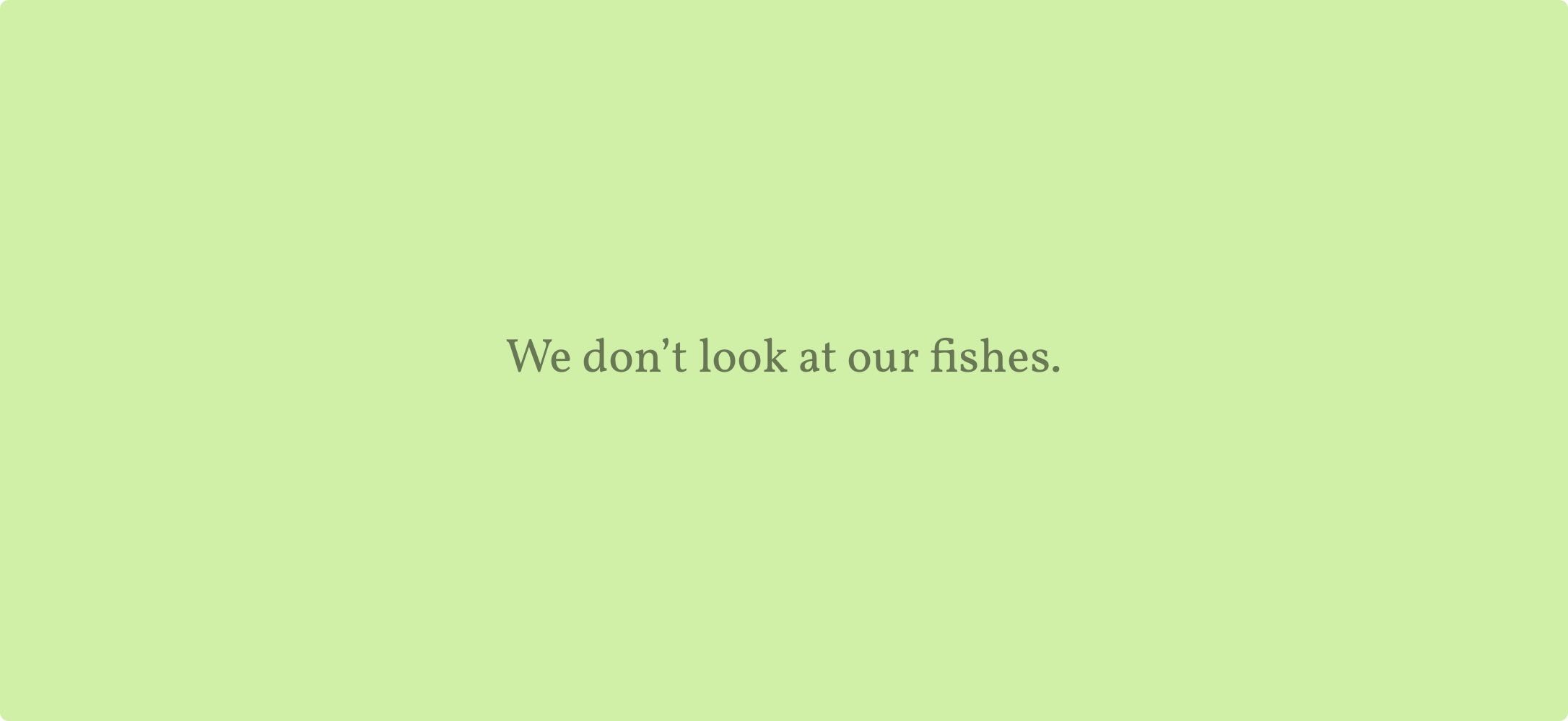
In April 2012, Robin Sloan launched Fish in the App Store. The App is a “tap essay” about the transient nature of Internet content. The essay was broken into full-screen slides, and tapping on the screen would advance you to the next slide in the essay. The only catch was “there is no back button”…

Within six months of Fish’s debut, betaworks launched Tapestry to offer a platform for creating and reading tappable essays. betaworks CEO John Borthwick said at the time, “Robin [Sloan] spent hours and hours learning how to code in order to get [it] written. We thought what if we could create a platform to author these?”
The product originally launched on iOS (reading only) and Web (reading and publishing) with a sizable number of tappable essays from people within the betaworks sphere including…
- Patrick Moberg’s Lessons From A Dog which he later published as an illustrated book.
- An essay from Baratunde Thurston on voting.
- The Oatmeal’s comic on Nikola Tesla.
- and, of course, Robin Sloan’s Fish essay.
Despite a talented team, funding from betaworks, and great tappable stories, Tapestry never found traction. It’s initial founding team left by 2014, and it was shutdown in 2015 after briefly exploring a pivot to an advertising format.
Since Tapestry shutdown I’ve seen a number of similar products launch including Hardbound, Medium Series, and AMP Stories, but none have gained meaningful traction since launching.
I’ve spent a lot of time thinking about why this is the case, and the only hypothesis I have is that the creation cost is greater than the essay value.
Creation Cost
I asked Frank Jania, a co-founder of Tapestry, why the product didn’t work and he told me, “Writing a any story worth reading is hard. Writing a tappable story worth reading is really really hard.”
To do it well requires high skill in a number of areas including visual design (layout, palette, typography), storytelling (structure, tempo), and mixed media (imagery, illustrations, video).
Reading through Hardbound’s sunset post, Nathan Bashaw shines some light on the cost of creating a high quality tappable essay:
It takes a lot of time and money to make a Hardbound story. Each one needs to be researched, written, edited, and illustrated. With a team of 3 part-time freelancers, we could make one story a week. Any faster, and the quality would suffer, alienating our users. (We tested this. And besides, we’d rather die than turn into yet another shitty content farm. The world doesn’t need any more of that.) Many investors thought it would cost us too much money to make enough content to satisfy user demand.
Making a high-quality tappable essay requires you to either be a polymath, or work with a group of people with expertise across a number of disciplines. Given there aren’t an abundance of polymaths, creation cost of a tappable story is so high since it requires collaboration from a number of highly-skilled people.
Essay Value
By essay value I’m referring to its ability to monetize, and tappable essays do not monetize well due to a small natural audience size. Monetization of digital content happens online a few ways…
- Ad revenue
- Subscription (Medium, NYTimes, etc)
- Consumer purchase (ebooks, movies, music, etc)
The audience for tappable essays is far too small to support an advertising-based revenue stream. The audience size is likely large enough to support a subscription revenue model, but still not large enough to cover the substantial creation cost for each essay. I also don’t think there’s a market for people to purchase tappable essays.
I believe the natural audience size is small because tappable essays are not the best or easiest way to build understanding. On each page only a small amount of information can be conveyed, and as a user you have to make a conscious effort to balance the tempo between your ability to absorb a page, understand the overarching ideas, and stay engaged. At every page you have to make some small decisions: go faster, slower, or leave altogether. Its a type of cognitive overhead you do not have to deal with when reading, watching, or listening.
Our Fish
Despite the past attempts, I continue to see people re-building platforms for tappable essay without addressing the fundamental issues that have arisen in previous attempts.
There are lots of good lessons to learn from the previous attempts at tappable essay platforms. But on each subsequent execution I see a similar pattern of ignoring the key issues around creation cost and essay value, I believe the latter is the result of the format itself being less conducive to learning than other mediums.
In Sloan’s Fish essay, he laments that we do not return to Internet content in the same way we do books or movies…


I personally think its always worth revisiting product ideas that didn’t work in the past, but it should be done with a clear understanding of why those ideas didn’t work. When we do so, we need to look at our fish.